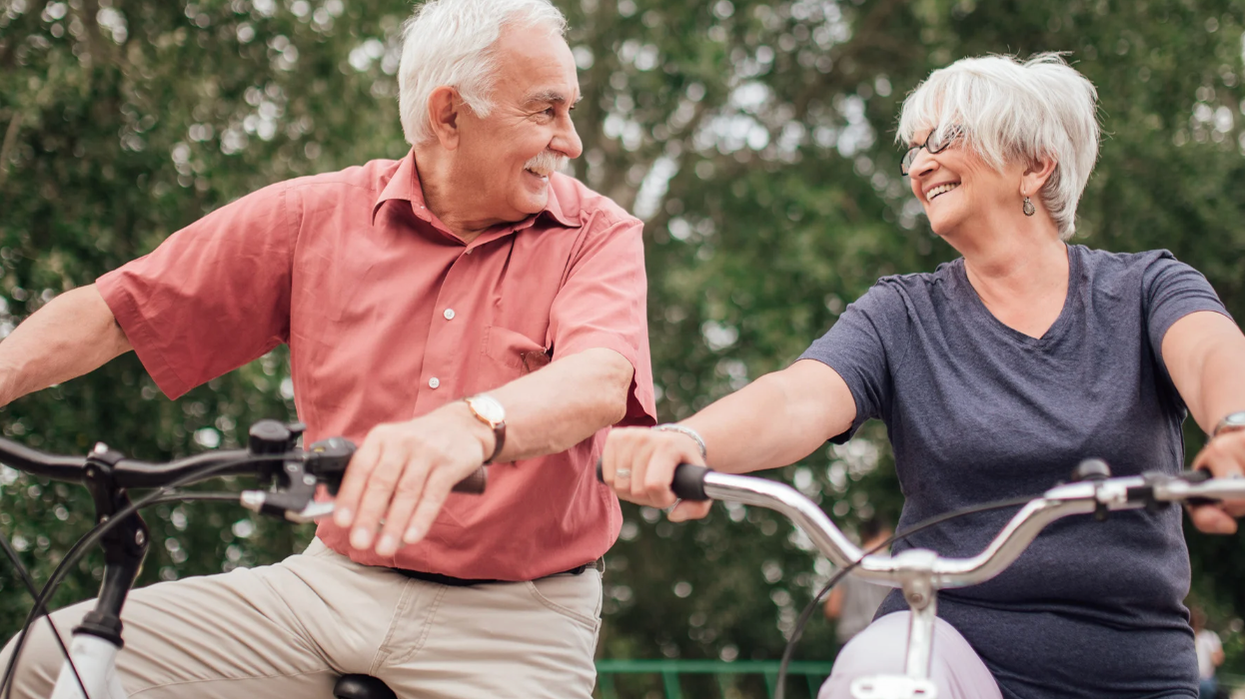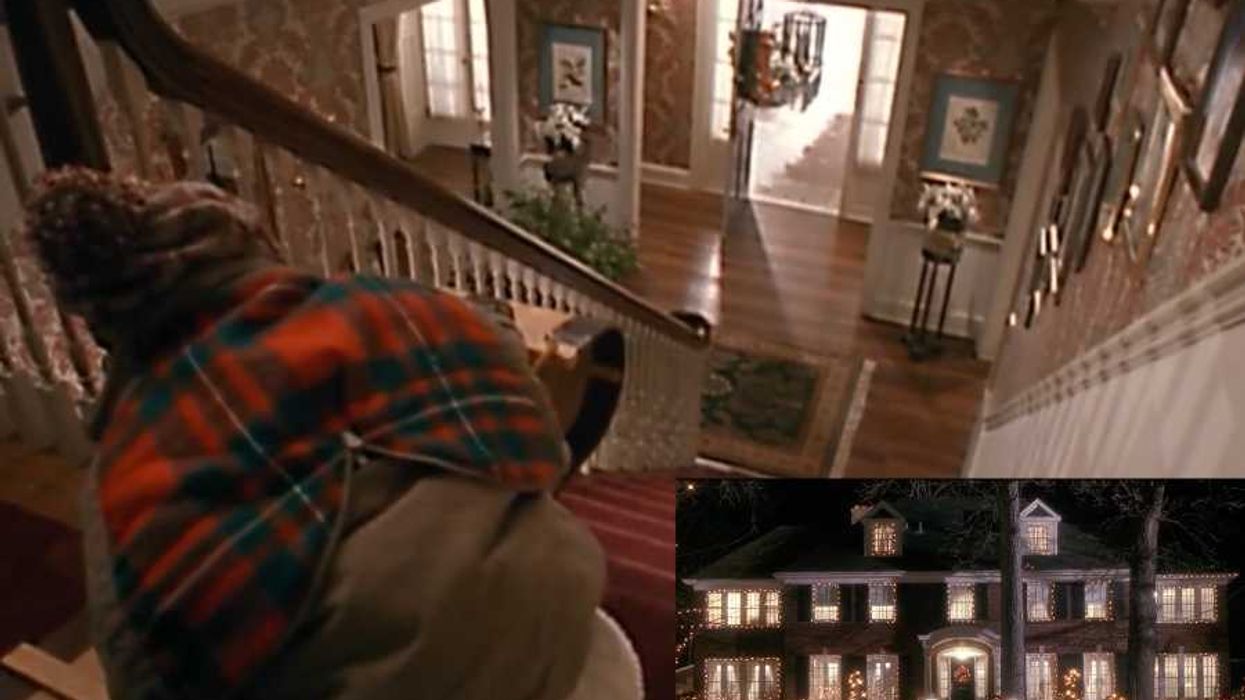If I were to talk to you about a European country, whose capital has been divided by a checkpoint for almost 40 years and up until very recently had a wall separating the two sides, you would naturally think of Germany and Berlin. If I were to also talk about a country that has within its borders a ghost city that was abandoned in haste and lies vacant and abandoned to this day, you would probably think of the Chernobyl disaster in Pripyat, Ukraine. What if I were to tell you that these two cities lie within the same country, and that this country is neither Germany nor the Ukraine?
Because of its geographic location and amazing weather, Cyprus boasts an average of 326 days of sunshine a year and has been a highly coveted and heavily contested island throughout its history. Cyprus has been ruled by the Greeks, the Assyrians, Egyptians, Persians, Alexander the Great, the Roman Empire, the Byzantines, the Ottoman Empire, and the British Empire. In 1974, the dictatorship in Greece staged a coup to annex Cyprus to Greece. This coup then triggered Turkey to invade and occupy the northern third of the island, killing thousands in the process. The resort town of Varosha was surrounded with barbed wire and the Turkish troops have not yet left. The island remains divided and Varosha is now a 39 year-old ghost city.
Among those who lost their homes after this coup was my mother-in-law, Emily Markides. Like all other refugees of Famagusta, she has dreamed of returning to her home, but she wants to do so in a productive way. After years of teaching sustainability, permaculture and peace meditation at the University of Maine, she is putting her knowledge and expertise into action to help turn the occupied city of Varosha and the region surrounding it into Europe’s model eco-city.
So how does one go about creating an eco-city?
First, you have to get past the notion that an eco-city can be a feature added on to a regular city with just a few solar panels here and there, or having a few herb gardens on a roof, or adding the token tree to every other balcony. The issue is much broader and the solutions are going to be unique for different places. It is obvious that most of the buildings that were trapped in this city are not salvageable and will need to be torn down. This poses a whole series of questions: What buildings can we pick to save regardless of their deterioration? How do we deal with all of this demolition waste in a responsible way? How do you combine the residents’ desires to recapture exactly what they lost with the inevitable advances in construction technology and the world’s dire energy crisis? How do you weave the concepts of permaculture into the intended reconstruction?
The first step in creating an ecocity is to look at the local environment and analyze how it interacts with changes in temperature and weather. Is it mostly hot or cold, arid or humid, and how much rain will it receive? What kind of native vegetation can one rely on for shade or for food? How close can you plant local trees to a building?
The questions may seem almost endless, but the answers will naturally determine the appropriate density of housing to make a community work in a changing landscape. There is no way that we alone could rebuild the entire city. Instead, we intend to inform the citizenry about environmental principles and provide the tools and financial incentives to put in place the models we design and test.
Our Plan of Action
We’re hoping to be able to fund the construction of several test houses and buildings in controlled land that we will have access to in order to test our ideas. These houses will serve as labs and platforms to test out all kinds of new materials, energy systems, assembly techniques, and vegetation to determine which configuration and building model best suits the local conditions in the least harmful way. But first, we are bringing renowned sustainability experts Jan Wampler and Bernard Amadei to Cyprus to help lead design and engineering studios. These studios will help inform the design of any test structures that we do.
We are then lobbying the European Union’s governments and corporations for funding, products and materials to subsidize these technologies and building models to returning citizens of the ghost city. Finally, we’re documenting these core environmental principles and initiatives in video and print form to inform the people of the island as well as people globally that the options and opportunities exist.
How You Can Help
Outside of funding, we could use a lot of volunteers in the U.S., in Cyprus, and elsewhere. We are a small team and we need people with expertise in a wide range of areas: gardeners, website developers, engineers, architects, masons, carpenters, database administrators, mechanics, economists, botanists, urban planners, psychologists, waste management and recycling specialists, child development specialists, farmers, bee keepers, the list goes on and on.
You can weigh in on: Research and testing; education and advocacy; media and outreach.
Despite the economic hardships that are being endured on the island on both sides of the divide, this is a very exciting time for Cyprus. This project, and the grassroots movement that is swelling up because of it, represents a shift in Cypriot consciousness. Cypriots are no longer waiting for outsiders to come in and fix things. They are waking up and taking charge of their own future and destiny. We want to empower them with the right information.
However, despite the excitement, there is anxiety and nervousness about the timing of negotiations between Cyprus and Turkey, which are currently underway. If we are not successful in forming an unstoppable movement, if we cannot rally enough support for an environmentally responsible solution towards development that will benefit all communities, then we fear that the island will be stuck in the same pattern of conflict and mistrust that has plagued it for generations.
There are not many places in the world that get a second chance at a fresh start. We want to save what makes Cyprus such a beautiful place. The planning of this eco-city seems to be more epic and urgent than the actual act of rebuilding it, but it’s key to setting the right path towards progress. If you’d like to join us, check out the Eco City Project and learn more about us on the BBC.
This project is part of GOOD's series Push for Good—our guide to crowdsourcing creative progress.
















 Otis knew before they did.
Otis knew before they did.